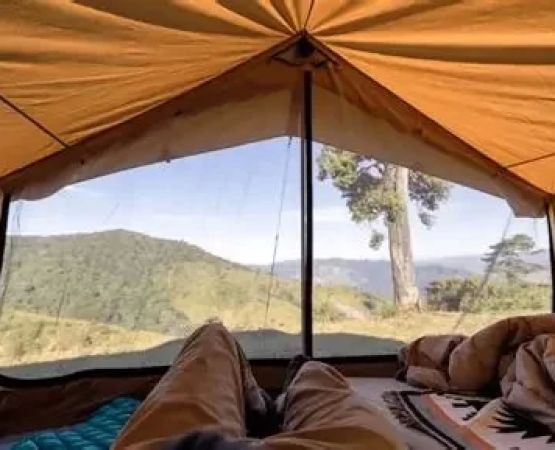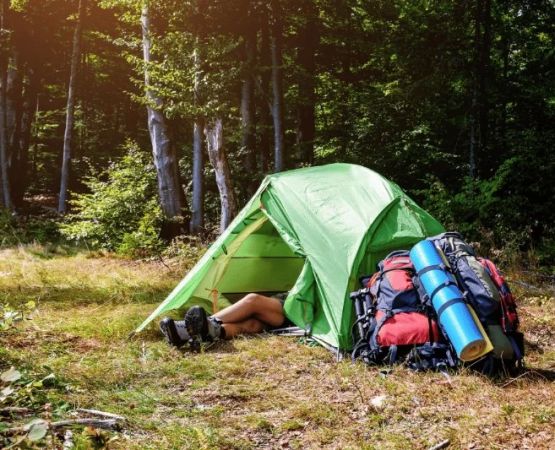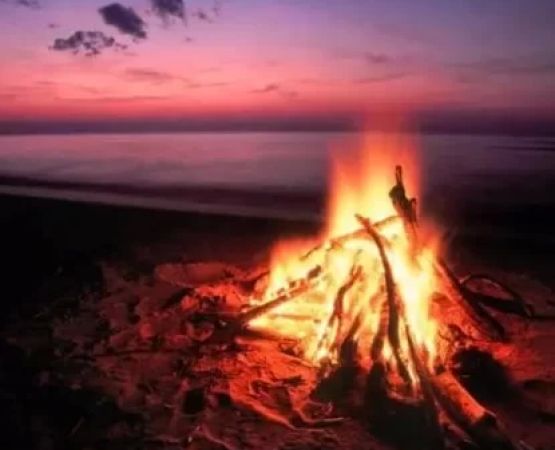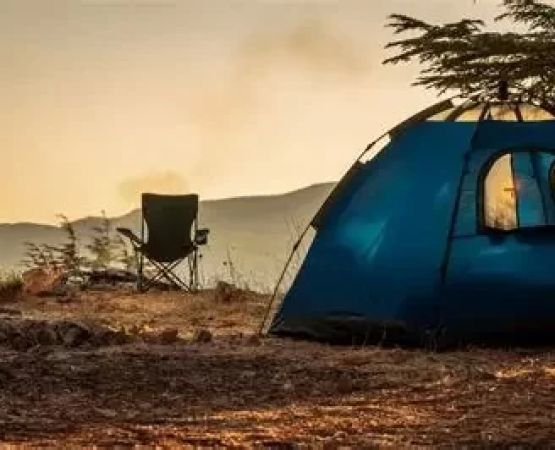Top Tips for Solo Camping and Staying Safe
Camping solo can be one of the most rewarding and liberating outdoor experiences. There's nothing quite like the freedom of exploring nature alone, with just the essentials and your own thoughts for company. However, it’s important to remember that solo camping, while incredibly rewarding, also requires careful planning and safety precautions to ensure a memorable experience. Whether you’re a seasoned adventurer or a first-time solo camper, these tips will help you stay safe, enjoy your time in nature, and make the most out of your solo camping trip.
1. Choose a Safe and Familiar Location
When planning your solo camping adventure, one of the first things to consider is your camping location. If you're new to camping alone, it's best to choose a well-known campsite or park that you’ve either visited before or that has good reviews. National parks, state parks, and established campgrounds are excellent choices because they tend to have reliable infrastructure, safety measures, and staff on hand in case of emergencies.
Top Camping Locations for Solo Campers
Many solo campers prefer a peaceful, remote environment to get away from the crowds, yet it’s crucial to pick a spot where help is accessible if needed. Locations such as Pine Cliff Resort offer secluded campsites by the lake, along with clear instructions on safety and communication. You can also consider well-established trails like the Appalachian Trail or campsites in national parks such as Yellowstone, where safety standards are high and there are clear signs for navigating the area.
How to Choose the Right Location for Solo Camping
Before venturing out, always check trail conditions, weather forecasts, and any potential wildlife issues in the area. Some regions may have bears or other wild animals that require special precautions. Moreover, consider the season and the number of visitors; visiting in off-peak seasons may reduce the risk of running into large crowds, but it could also limit the availability of assistance in the area.
2. Pack Light but Smart
When camping alone, it’s essential to pack smart. You want to carry everything you need without overburdening yourself. A good rule of thumb is to pack the essentials: a lightweight tent, sleeping bag, food, water, and appropriate clothing. Be sure to include a first-aid kit, a portable charger, a map of the area, and a whistle or other signaling device to attract attention in case of emergency.
Essential Backpacking Gear for Solo Camping
For solo camping, a high-quality backpack with a hydration system is a must. Look for lightweight tents that are easy to set up, a sleeping bag that suits the temperature range, and a reliable camp stove. Additionally, investing in a portable solar charger can be extremely useful, especially if you are in a remote location and need to keep your devices charged. Remember to keep your weight balanced in your backpack for comfort and safety.
3. Let Someone Know Your Plans
One of the most important safety precautions when camping alone is to always inform someone about your trip. This person should know your exact itinerary, including your start and end dates, as well as your planned campsite. If you’re trekking or hiking, share your route and expected return time. Consider giving them a “check-in” time so they can reach out to you if necessary. Many solo campers also leave an itinerary with a local ranger station or park office for added safety.
4. Stay Connected with a GPS or Satellite Phone
While the idea of disconnecting from the world is part of the charm of solo camping, it’s still important to have a reliable means of communication in case of emergency. A GPS device or a satellite phone is a worthwhile investment for those camping in remote areas. These tools ensure that if something goes wrong, you have a way to contact emergency services or loved ones.
Staying Connected When Solo Camping
Investing in a personal locator beacon (PLB) is another great option. These devices allow you to send distress signals to rescue teams, providing a lifeline in case you’re in a truly isolated area. Many solo campers choose to carry both a GPS and a PLB for additional peace of mind during their trips.
5. Trust Your Instincts and Stay Aware
One of the best skills a solo camper can have is the ability to trust their instincts. If something doesn’t feel right, whether it’s a location, person, or situation, take a step back and reassess. Be aware of your surroundings at all times. If you’re in a campsite, make sure your food is securely stored away from animals. Always keep your campfire under control, and ensure that your camp is free of dangerous plants or wildlife.
6. Practice Leave No Trace Principles
As a solo camper, you are also responsible for preserving the environment. Follow Leave No Trace principles to minimize your impact on the surroundings. This means cleaning up all waste, respecting wildlife, and not disturbing natural habitats. By practicing these principles, you can enjoy the beauty of nature without leaving a lasting negative impact on the environment.
Solo camping can be an incredibly enriching experience, allowing you to connect with nature in a unique way. By following these tips for staying safe, you’ll not only enhance your enjoyment but also ensure that you have a stress-free and memorable outdoor adventure. Remember, planning is key to a successful solo camping trip, and the more prepared you are, the safer and more enjoyable your experience will be.
Ready to plan your next solo camping adventure? Visit Pine Cliff Resort for the best camping options in scenic locations!






